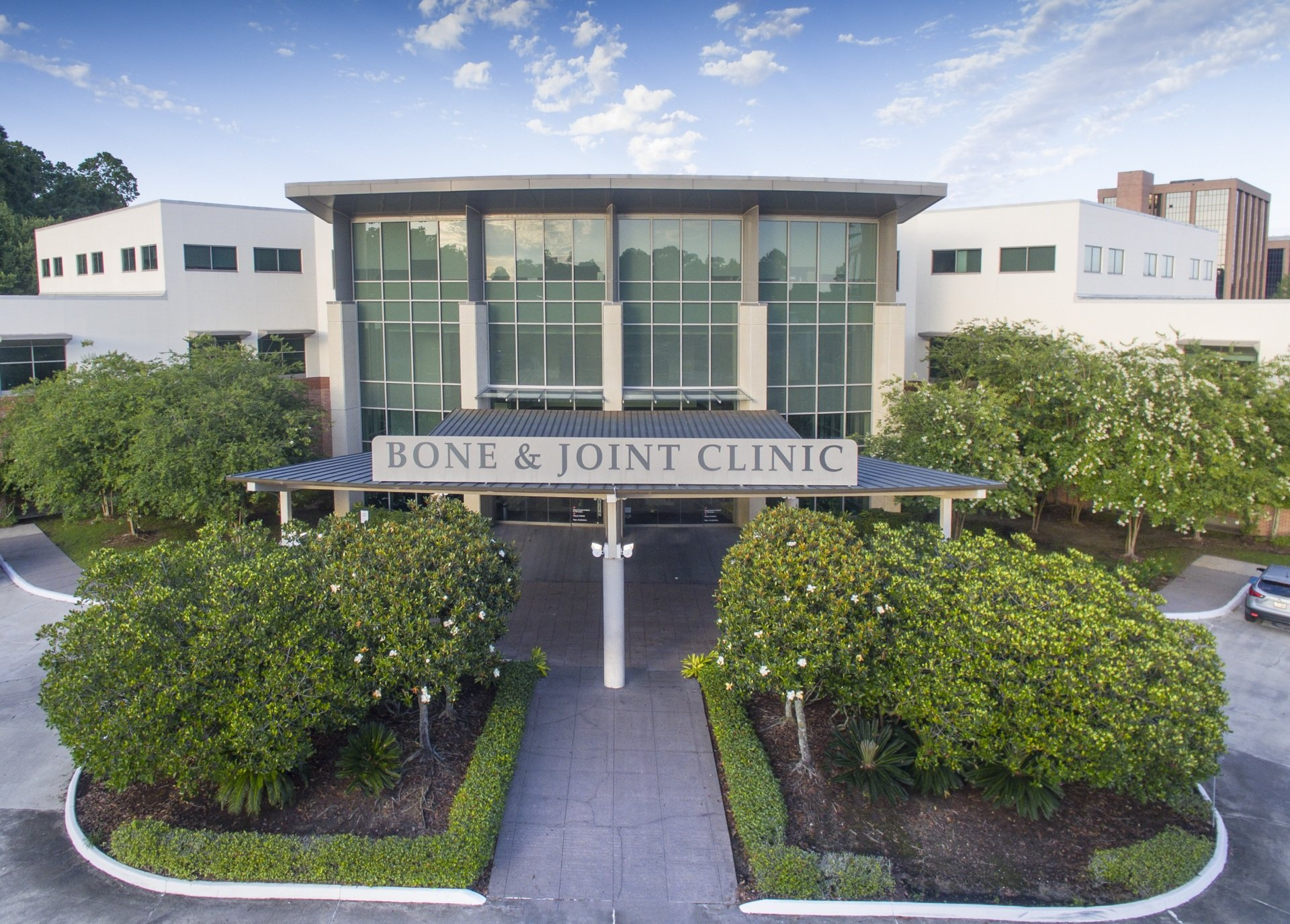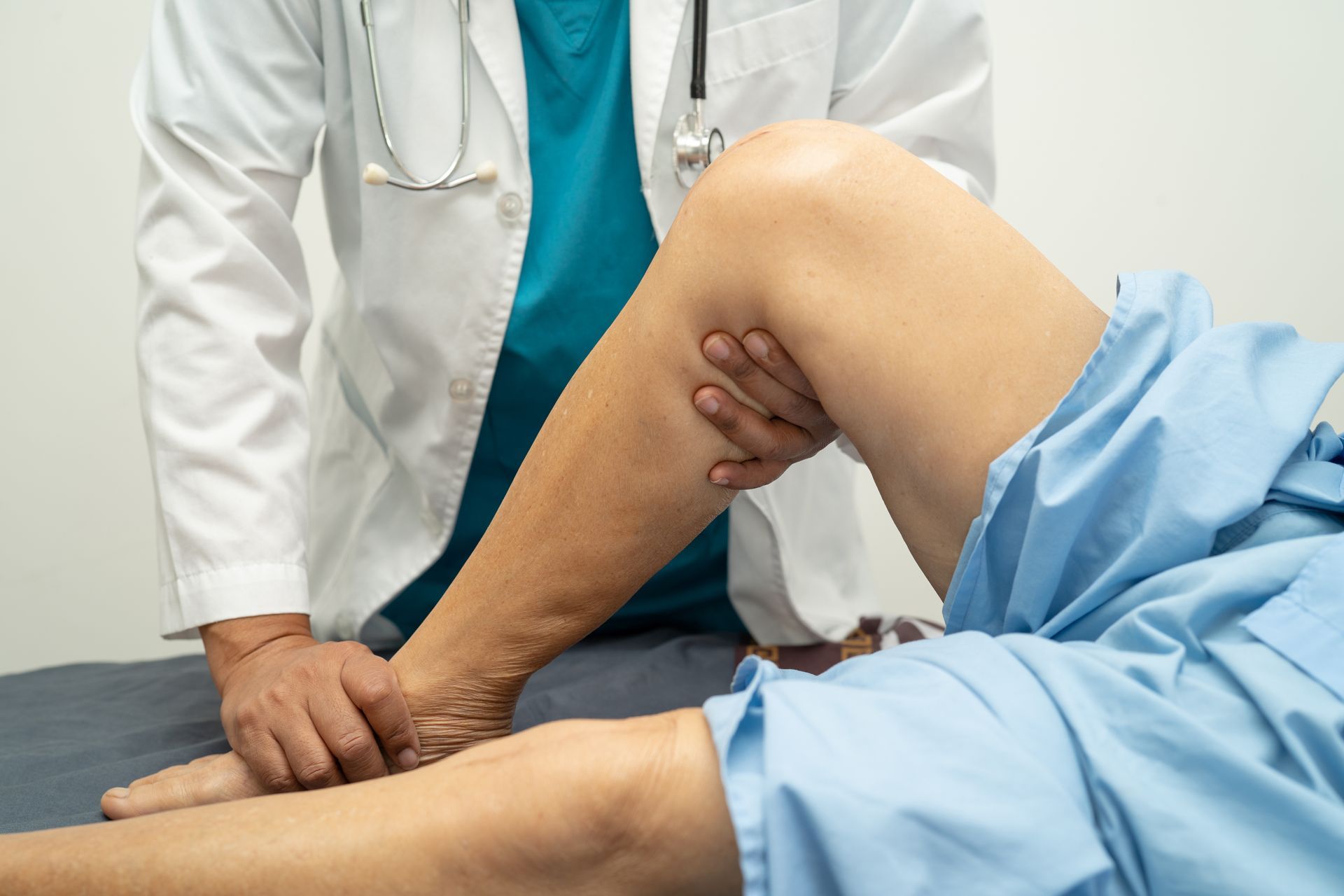Arthritis is a general term that refers to inflammation in one or more joints, leading to symptoms such as pain, stiffness, and swelling. While it is often associated with aging, arthritis can affect individuals at any stage of life. Understanding the different types of arthritis and how to manage them at various life stages is key to maintaining a high quality of life.
Common Types of Arthritis
Osteoarthritis
Osteoarthritis (OA) is the most common form of arthritis, and is often referred to as "wear-and-tear" arthritis. This condition occurs when the protective cartilage that cushions the bones in a joint gradually wears down. OA can make everyday activities, such as walking, climbing stairs, or gripping objects, increasingly challenging.
- Symptoms: Joint pain, stiffness, swelling, and decreased range of motion.
- Commonly Affected Areas: Weight-bearing joints like the knees, hips, and spine, but it can also develop in smaller joints such as those in the hands
Rheumatoid Arthritis
Rheumatoid arthritis (RA) is a chronic autoimmune disease where the body's immune system mistakenly attacks its own tissues, specifically the synovium—the lining of the membranes that surround the joints, leading to inflammation and damage.
- Symptoms: Swollen, warm, and tender joints, fatigue, and prolonged morning stiffness. Disease progression can lead to visible joint deformities.
- Commonly Affected Areas: Hands, wrists, and feet, often symmetrically.
Psoriatic Arthritis (PsA)
Psoriatic arthritis (PsA) is a chronic inflammatory arthritis linked to psoriasis, a skin condition characterized by red, scaly patches. While psoriasis often precedes PsA, joint symptoms can sometimes appear first.
- Symptoms: Joint pain, stiffness, and swelling, often accompanied by skin lesions and pitting, discoloration, and detachment of the nails.
- Commonly Affected Areas: Fingers, toes, lower back, and knees.
Gout
Gout is a form of inflammatory arthritis caused by the buildup of uric acid crystals in the joints.
- Symptoms: Gout attacks, also known as flares, are characterized by sudden severe pain and limited movement and can last from days to weeks. Without treatment, flares may become more frequent and severe.
- Commonly Affected Areas: It often affects the big toe, but can also impact other joints, such as the ankles, knees, and wrists.
Managing Arthritis at Different Life Stages
Living with arthritis requires proactive management and thoughtful lifestyle adjustments to preserve mobility and enhance overall quality of life. This begins with understanding your specific type of arthritis and how it affects your body, as no two cases are exactly alike. It's essential to work closely with healthcare providers to develop a personalized plan that evolves with your needs over time, ensuring arthritis doesn’t hold you back at any stage of life.
Childhood and Adolescence
- Focus: Early diagnosis and treatment.
- Tips:
- Work closely with a pediatric rheumatologist.
- Engage in low-impact physical activities like swimming or cycling to improve joint health.
- Use assistive devices, such as braces, if needed.
- Ensure proper nutrition, emphasizing calcium and vitamin D for bone health.
Young Adulthood (20s-40s)
- Focus: Maintaining an active lifestyle and preventing joint damage.
- Tips:
- Incorporate regular exercise, including strength training and flexibility exercises.
- Avoid repetitive joint stress in occupational or recreational activities.
- Follow prescribed treatments, including medications like NSAIDs or DMARDs (disease-modifying antirheumatic drugs).
- Maintain a healthy weight to reduce joint strain.
Middle Age (40s-60s)
- Focus: Managing symptoms and slowing progression.
- Tips:
- Adopt joint-friendly activities such as yoga or tai chi.
- Use heat or cold therapy for pain relief.
- Consider physical therapy to improve mobility and strength.
- Stay vigilant about regular checkups to monitor disease progression.
Older Adulthood (60s and Beyond)
- Focus: Enhancing quality of life and preserving independence.
- Tips:
- Explore assistive technologies, such as walkers or grab bars, to aid mobility.
- Engage in water-based exercises to minimize joint impact.
- Discuss joint replacement surgery with a healthcare provider if pain and mobility significantly worsen.
- Stay socially active to combat feelings of isolation and depression.
Tips to Manage Arthritis at All Stages
- Nutrition: Eat a diet rich in anti-inflammatory foods like fatty fish, fruits, vegetables, and whole grains to help reduce symptoms.
- Hydration: Stay hydrated to support overall joint health.
- Sleep: Prioritize quality sleep, which is essential for recovery and pain management.
- Stress Management: Practice techniques like mindfulness and meditation to reduce stress and inflammation.
When to Seek Medical Help for Arthritis
If you experience persistent joint pain, swelling, or stiffness that affects your daily activities, consult a healthcare provider. Early diagnosis and appropriate treatment for arthritis can help reduce the progression of symptoms, prevent complications, and improve long-term outcomes. Despite its challenges, modern treatments and interventions provide hope for people living with arthritis, empowering them to lead active and fulfilling lives. If you experience joint pain and have concerns it could be arthritis, make an appointment with Bone and Joint today to explore your options and find relief.




